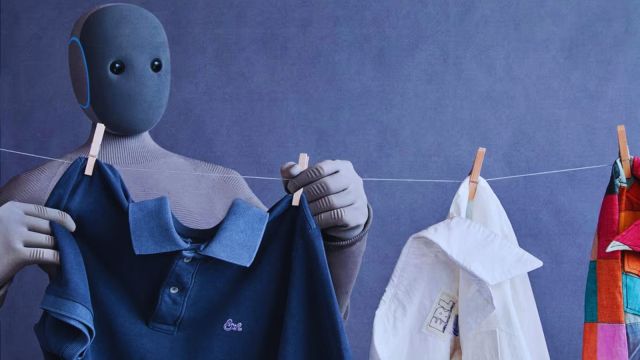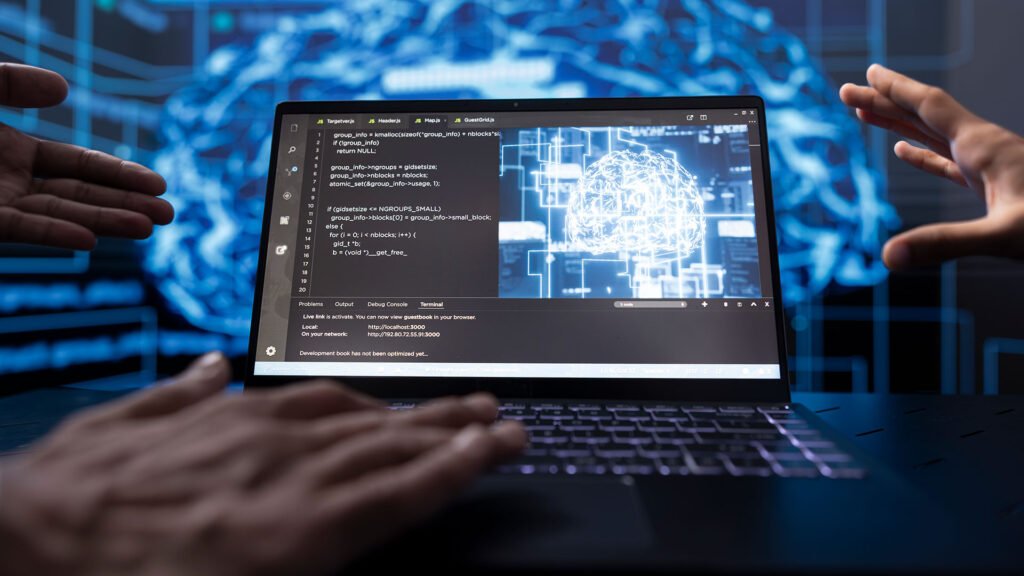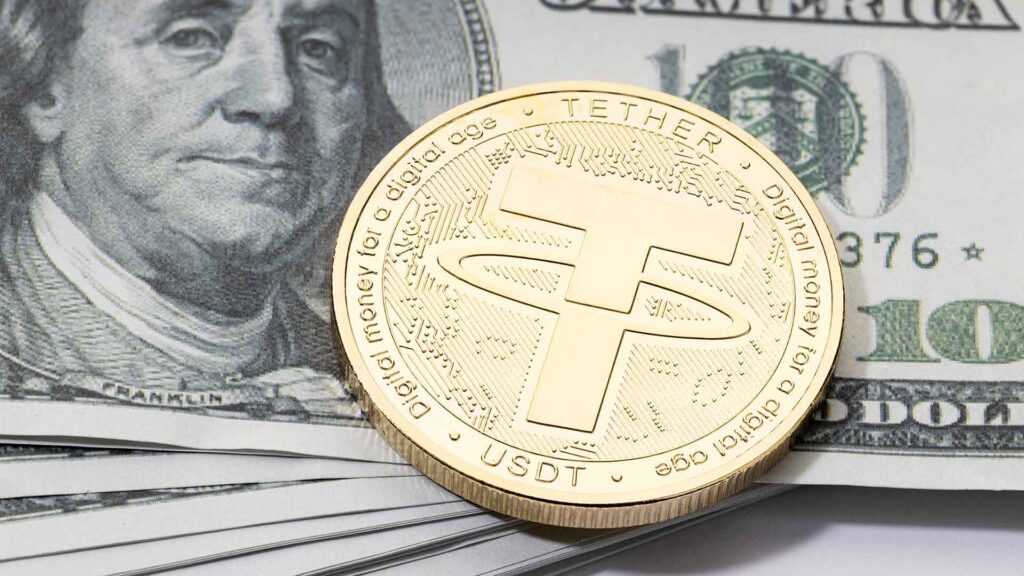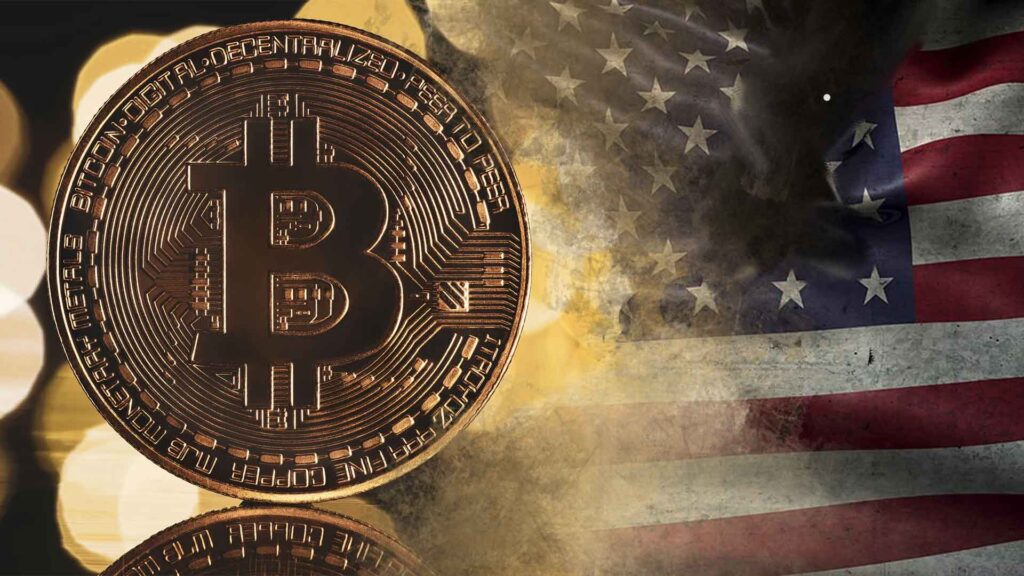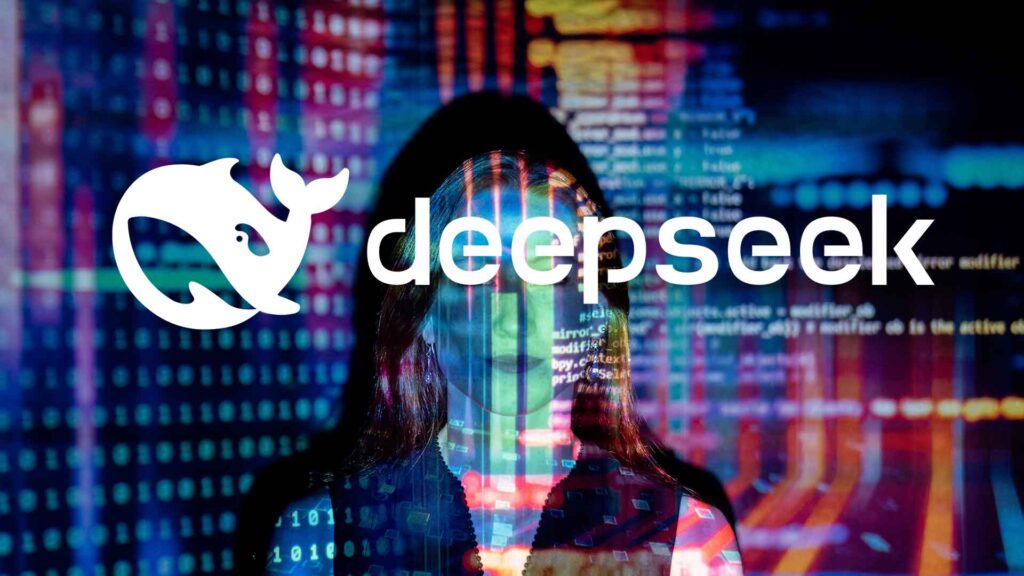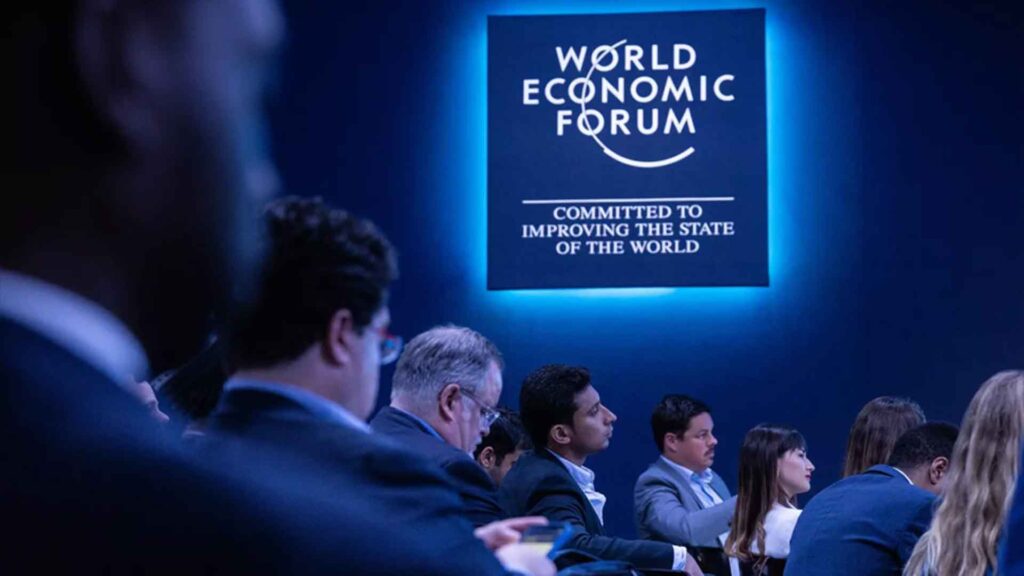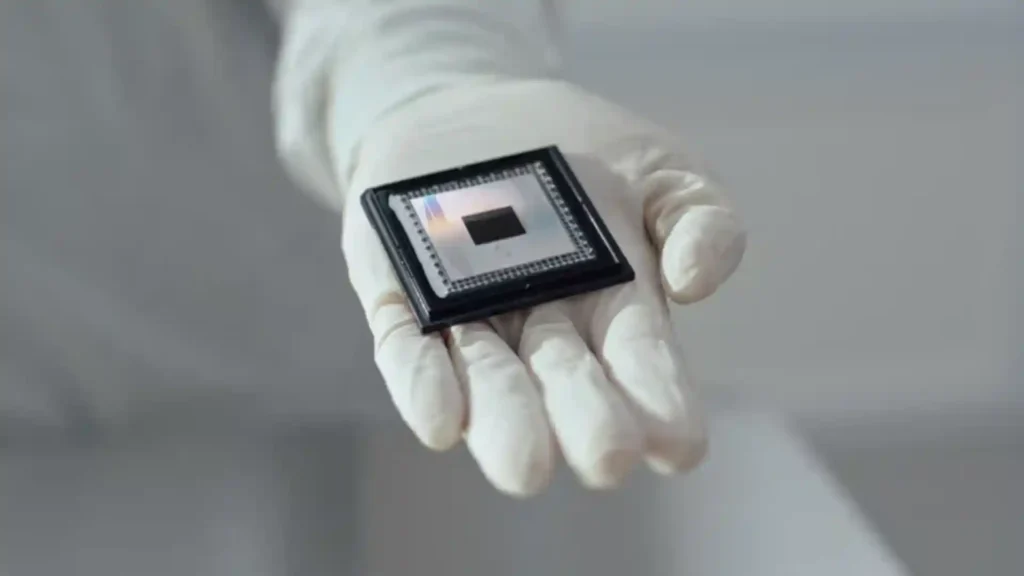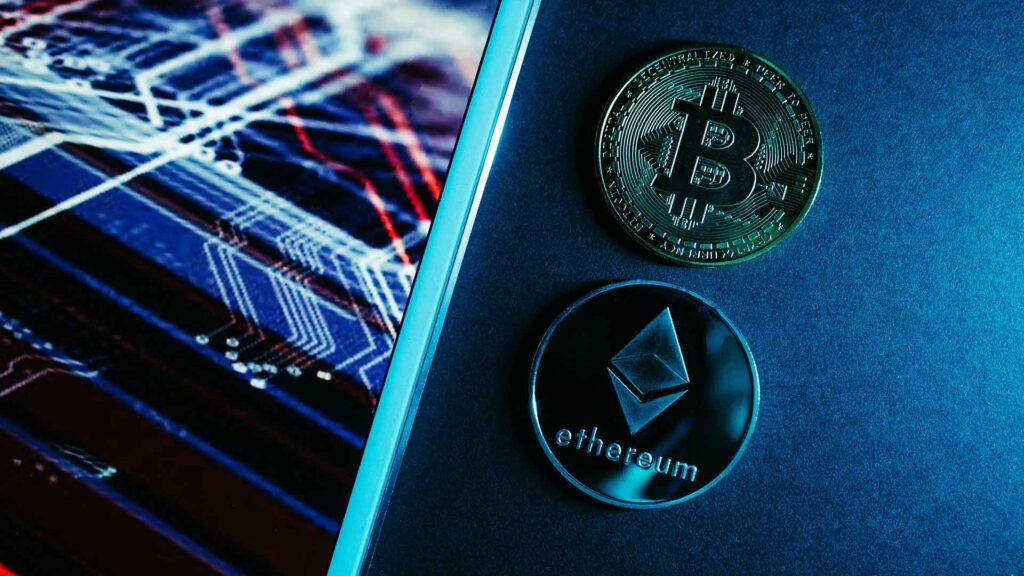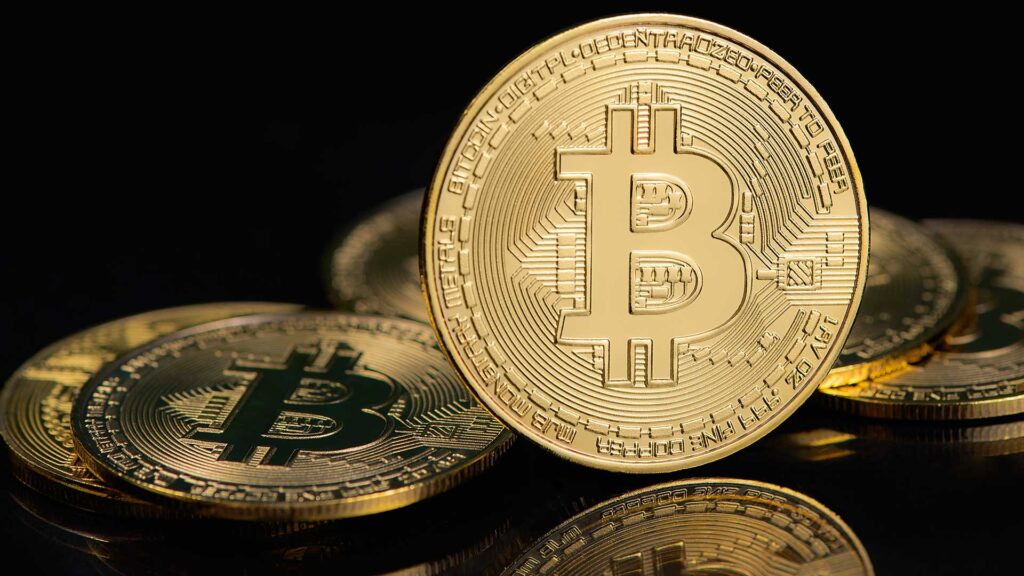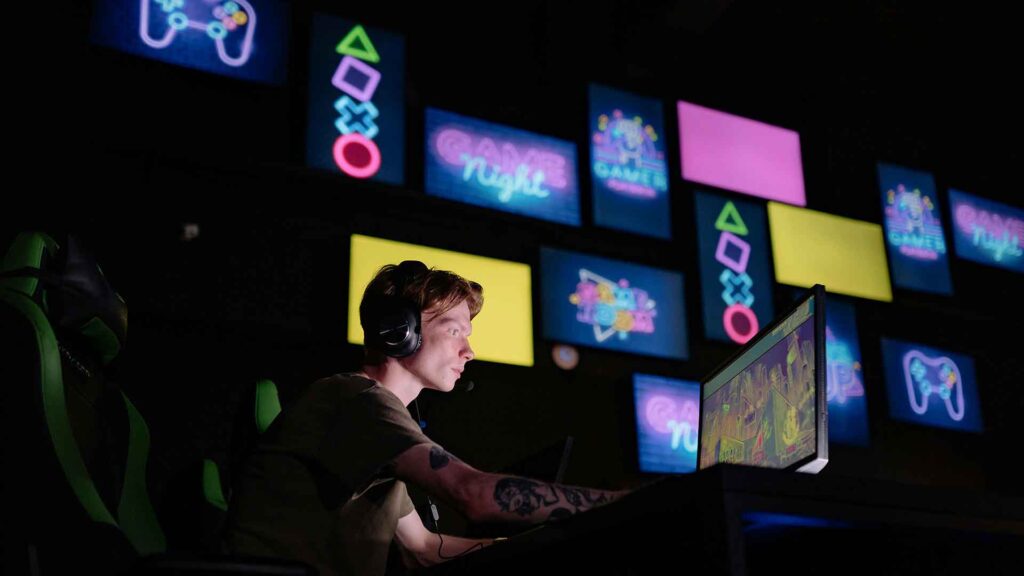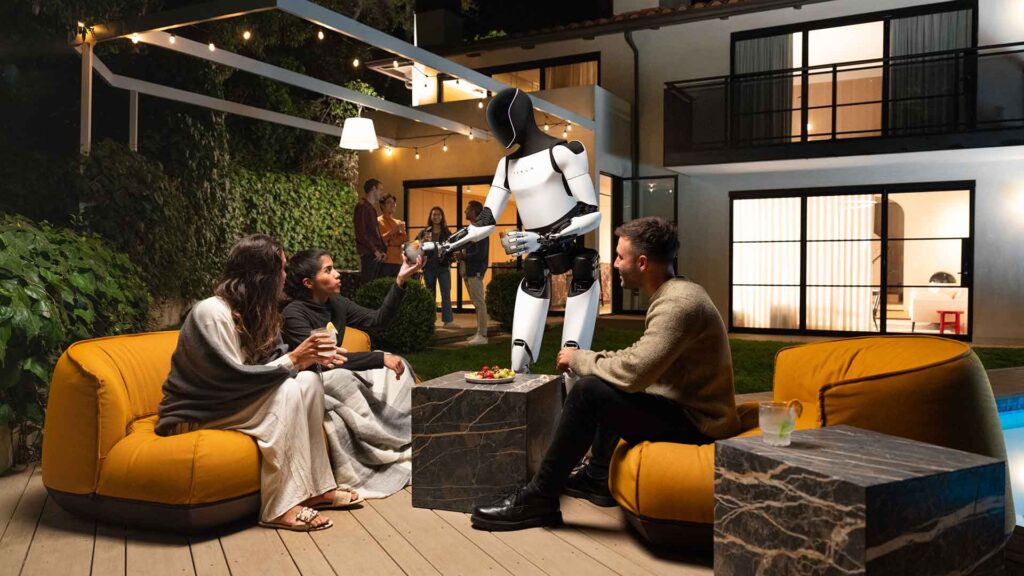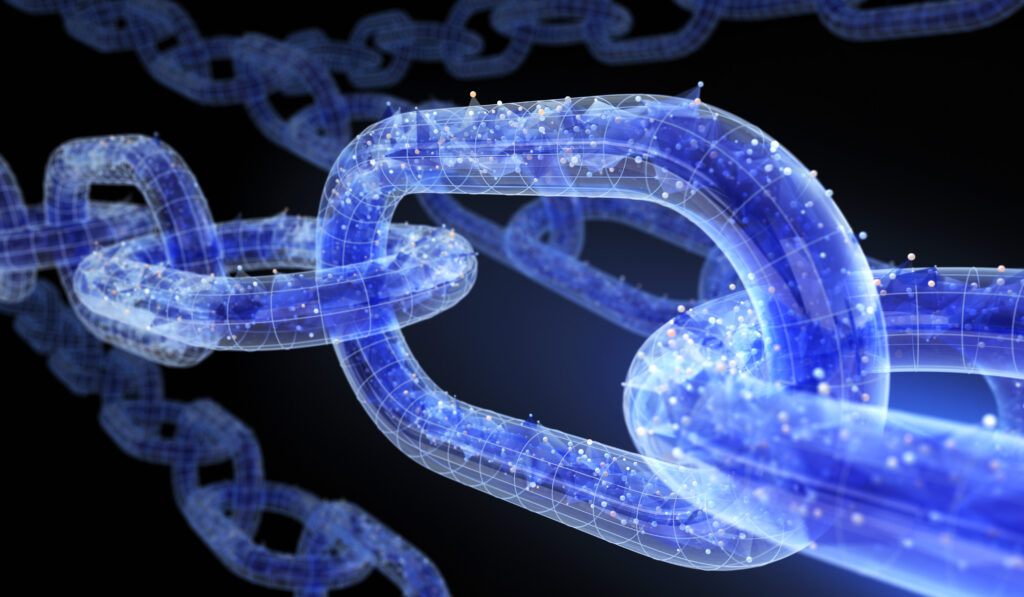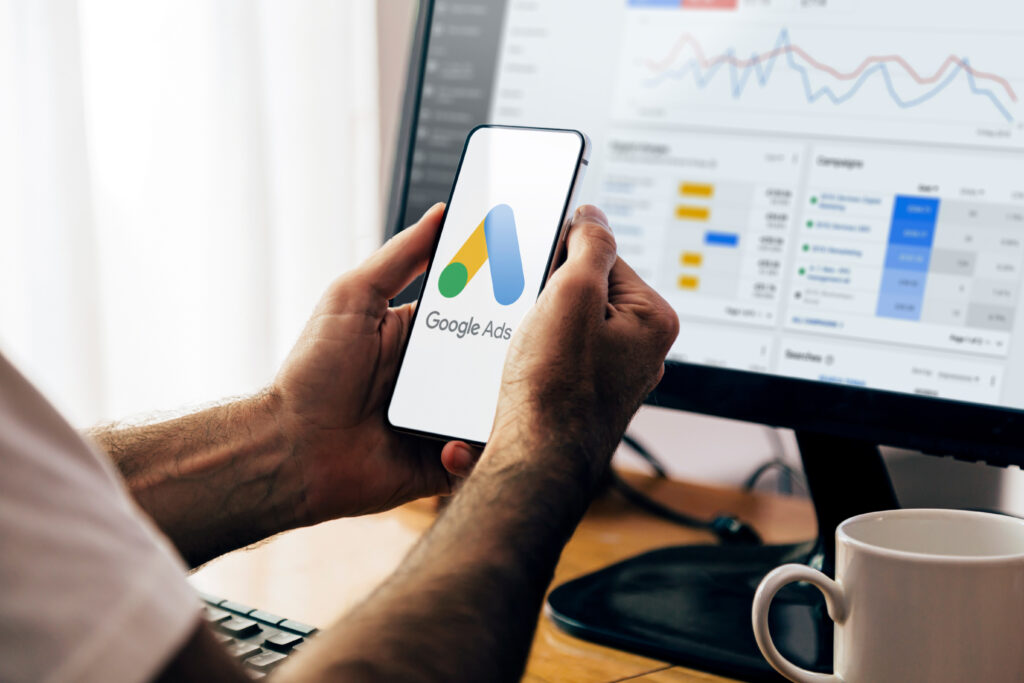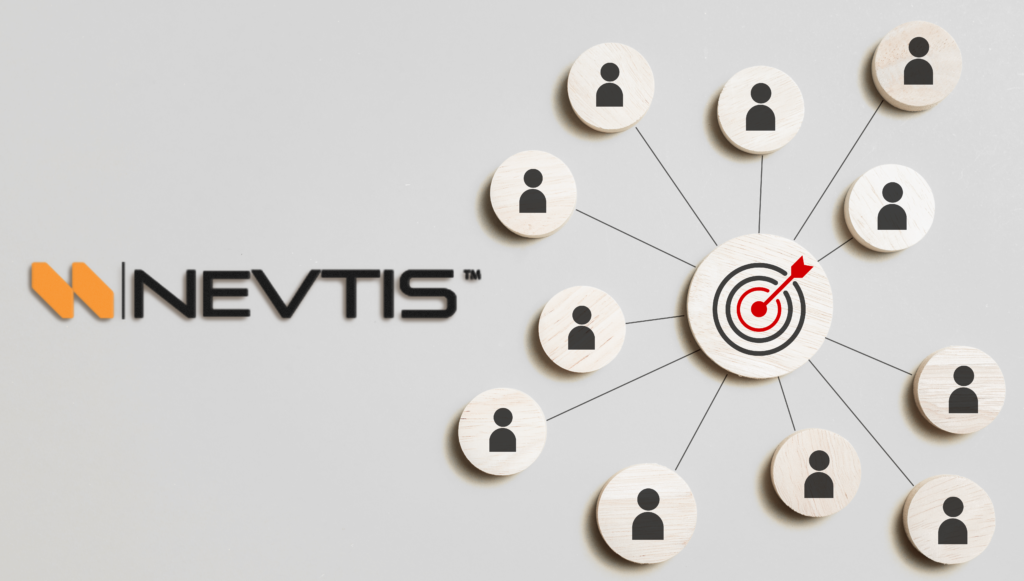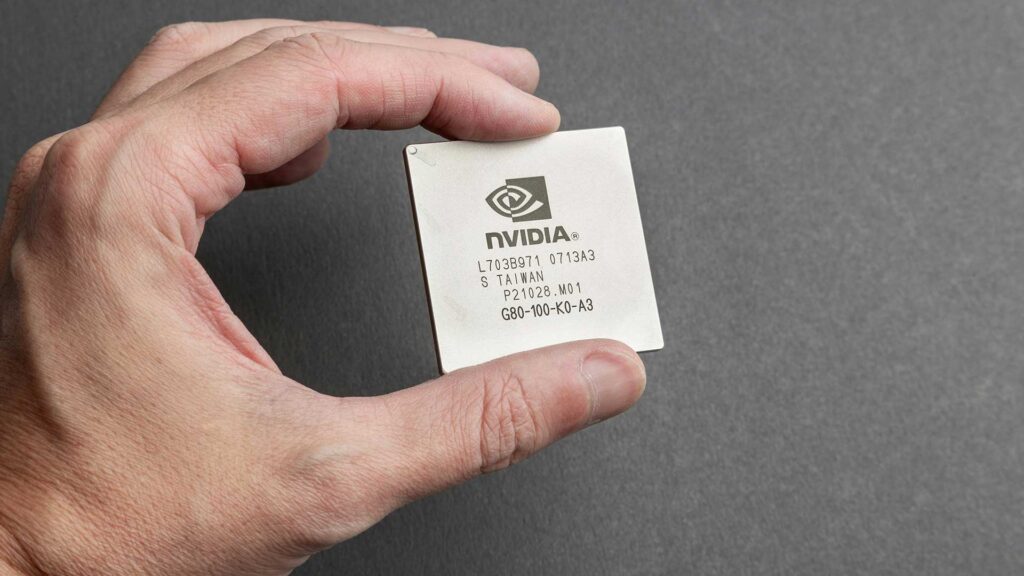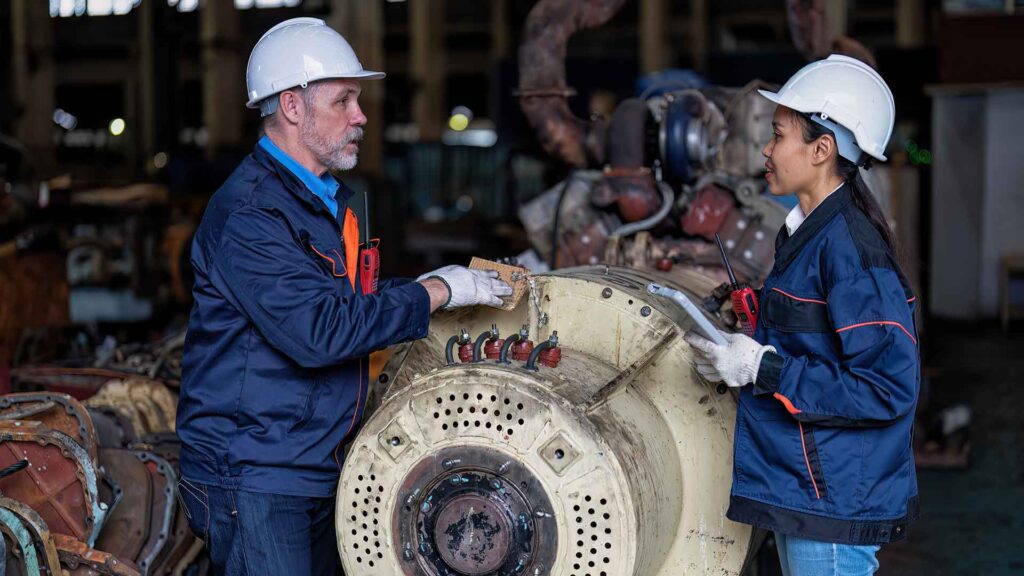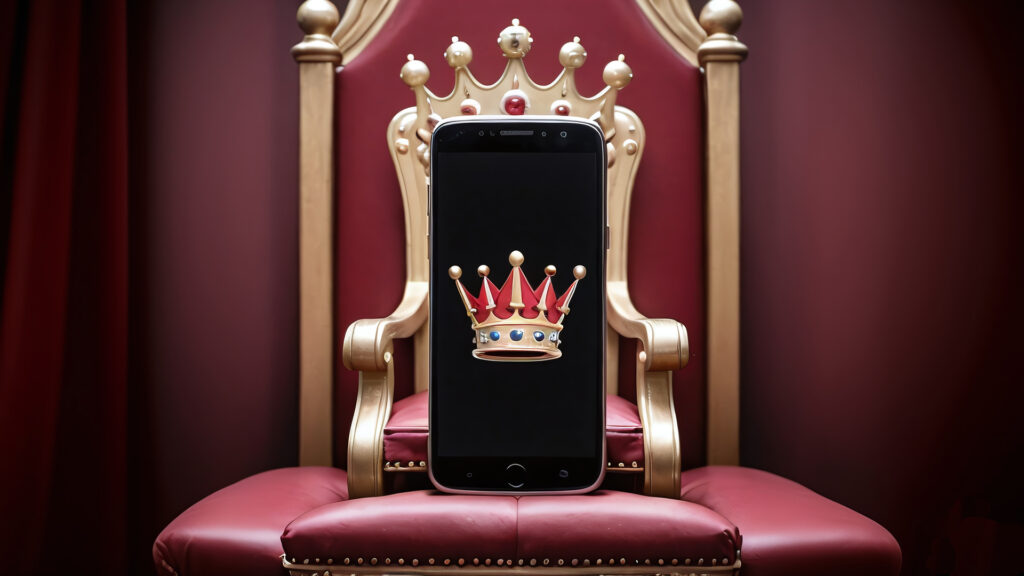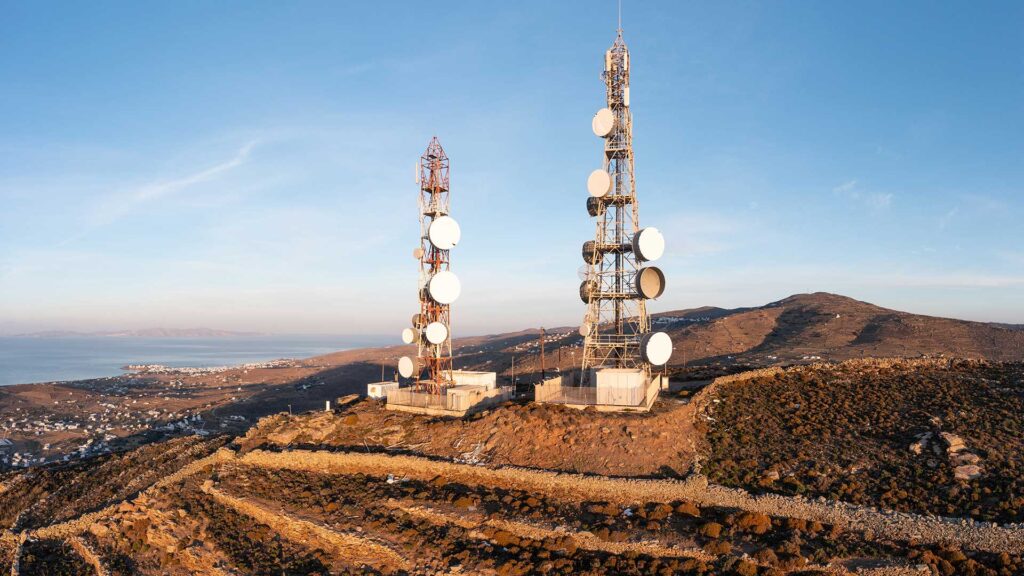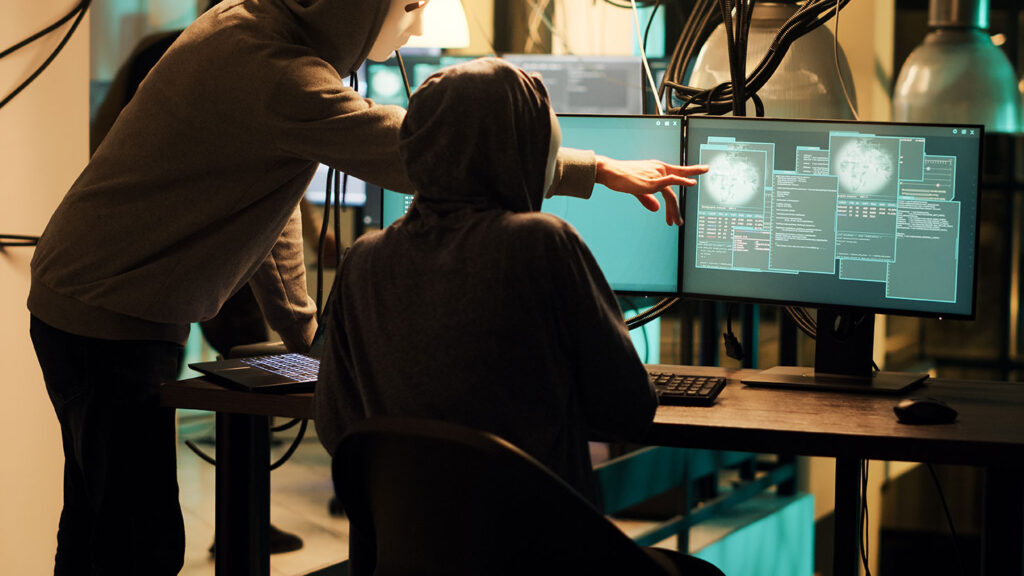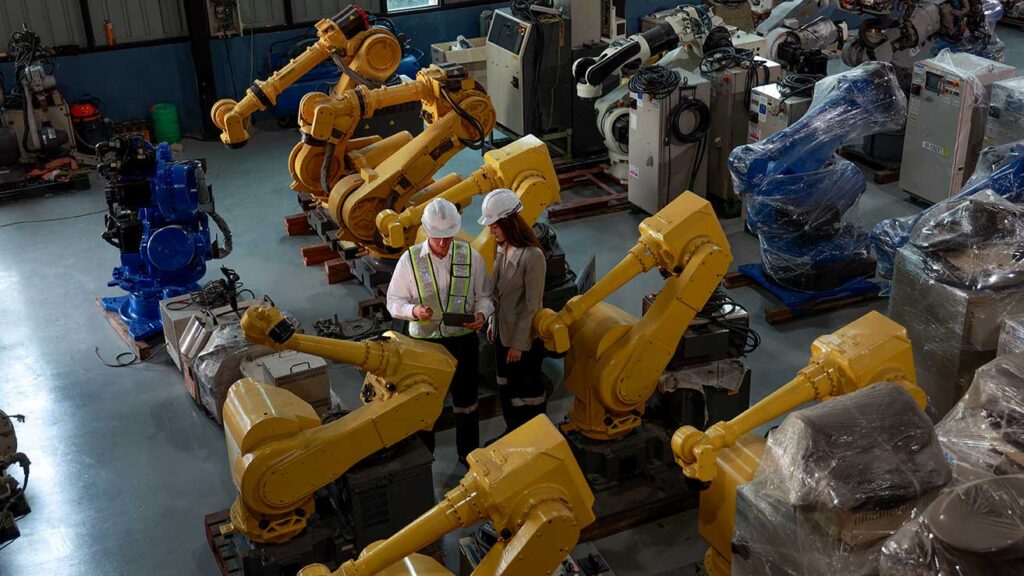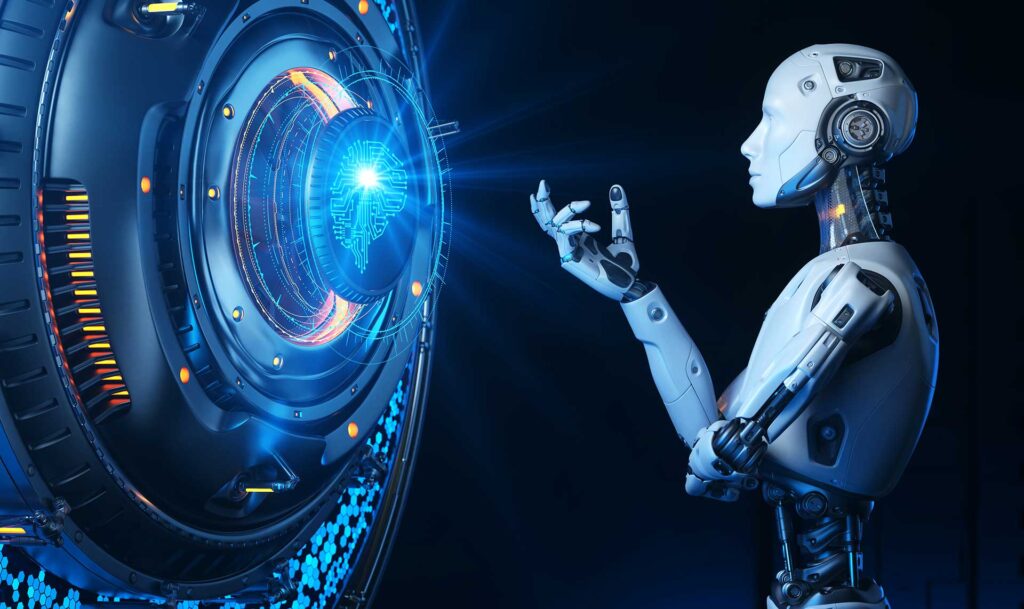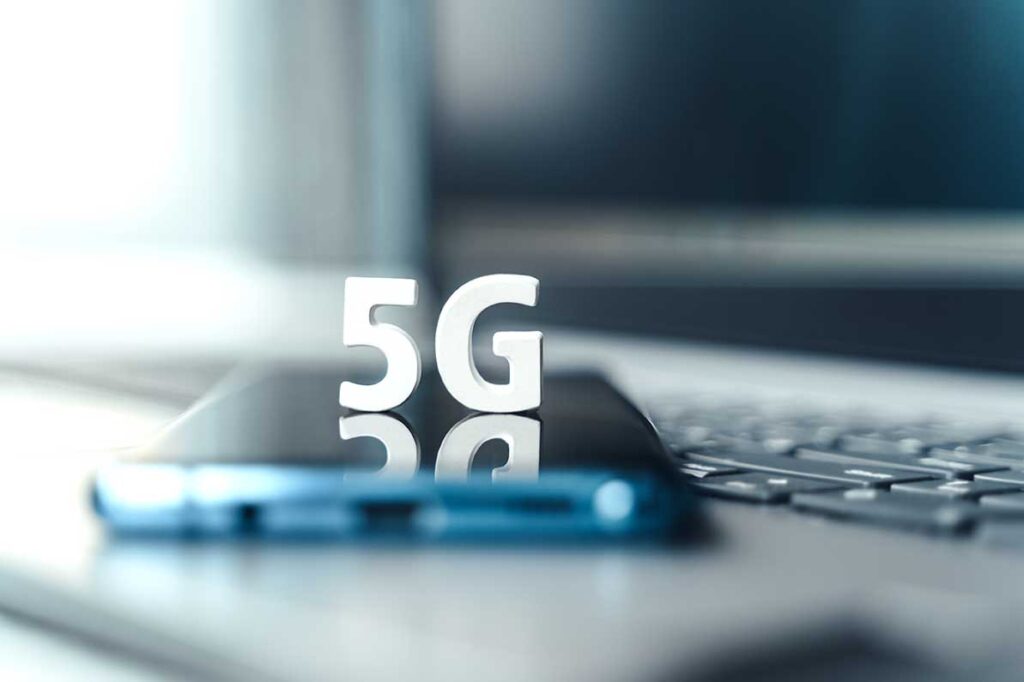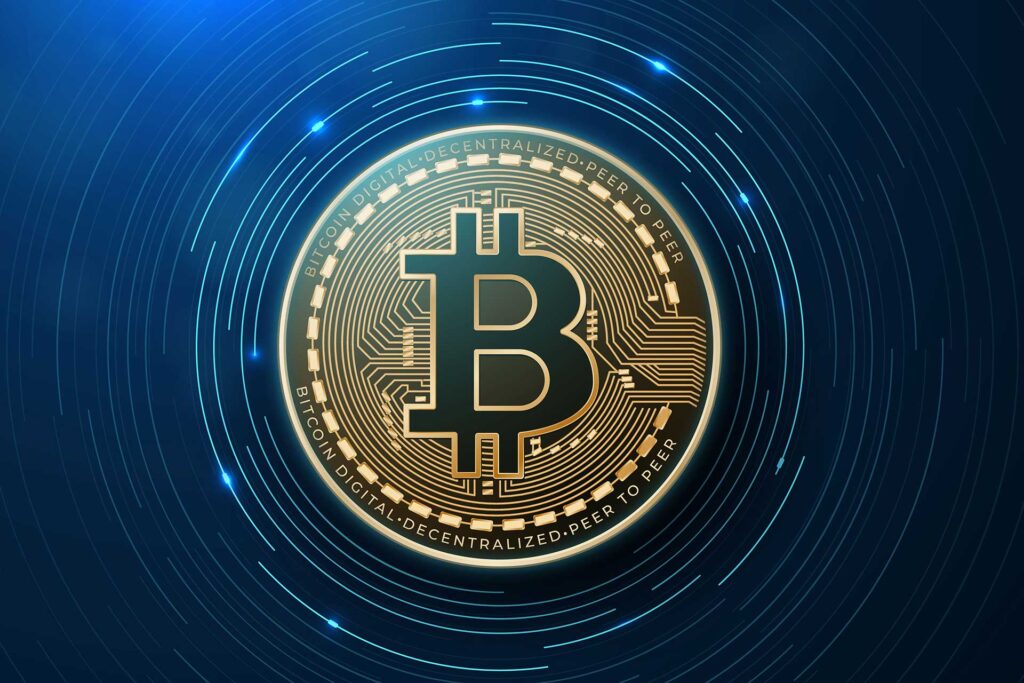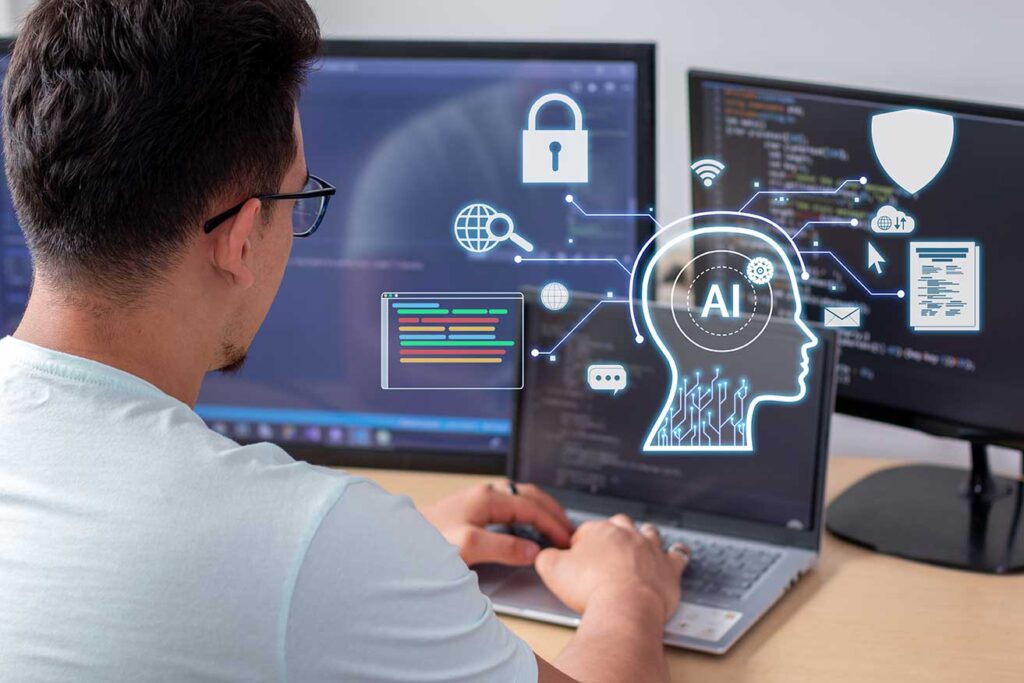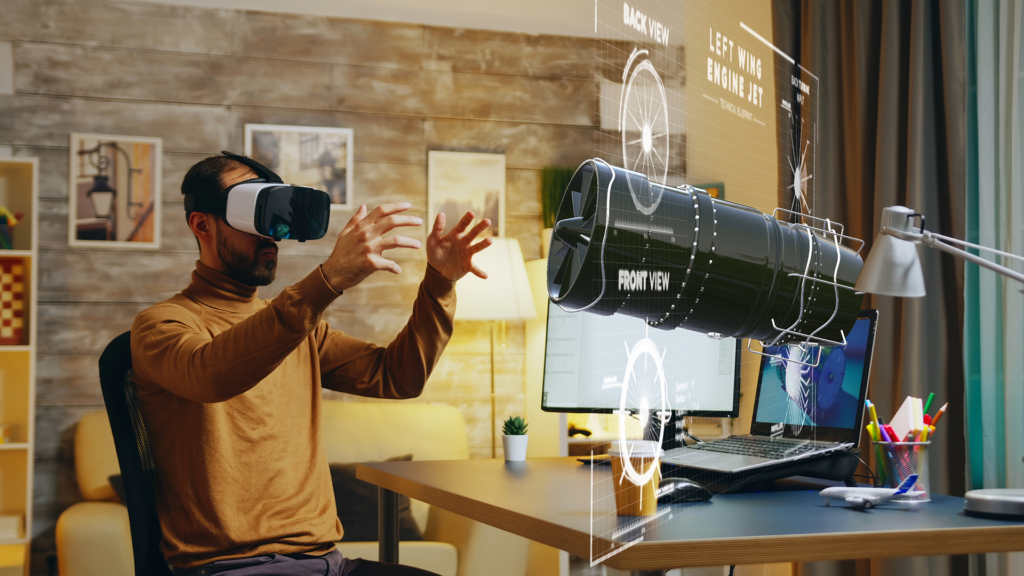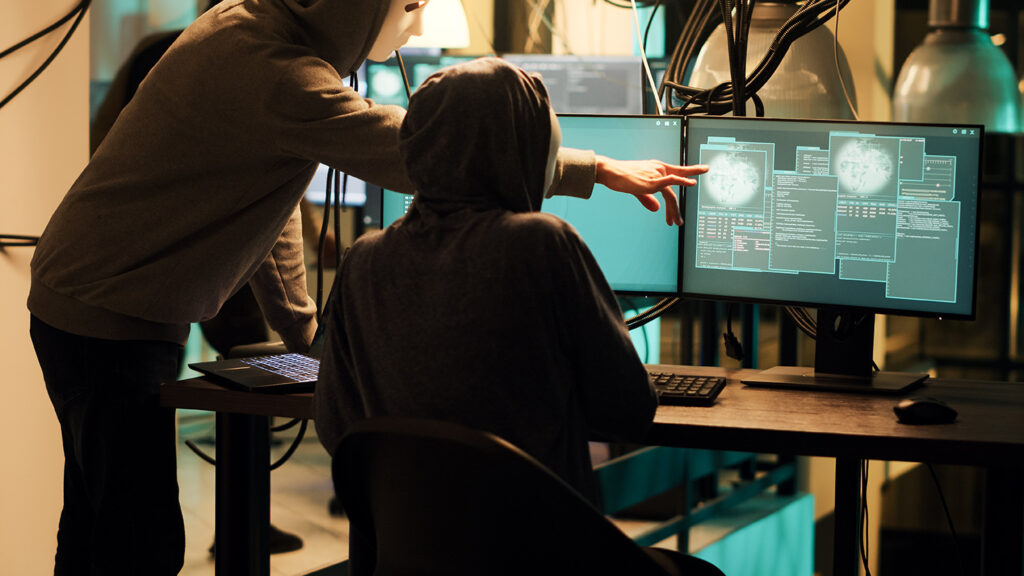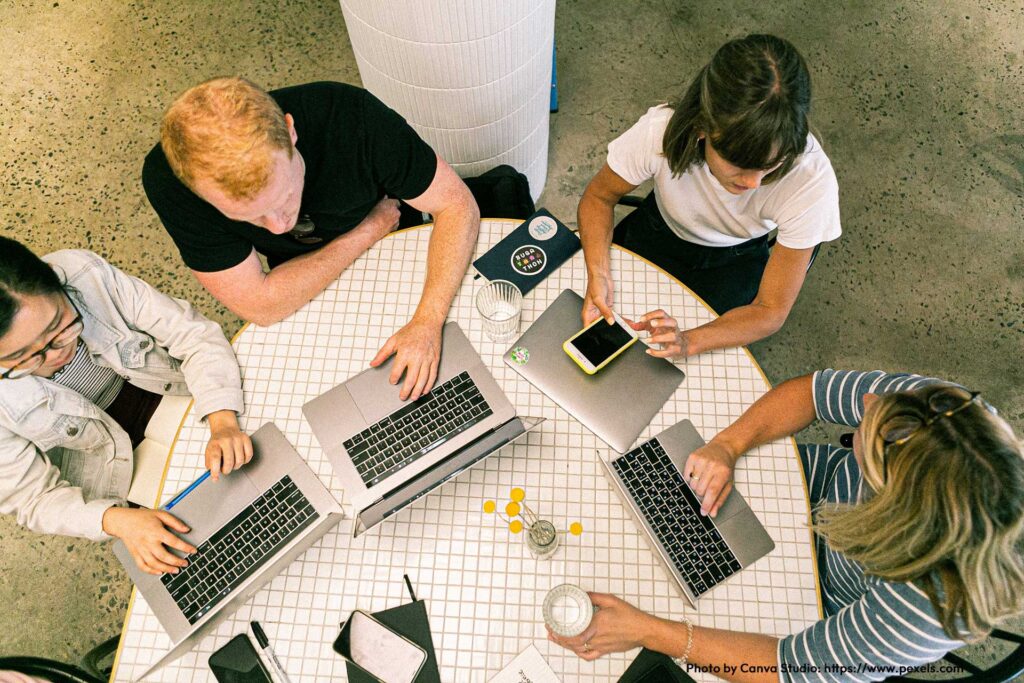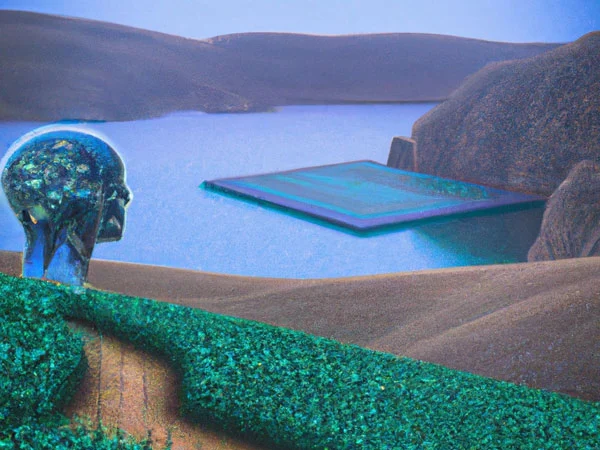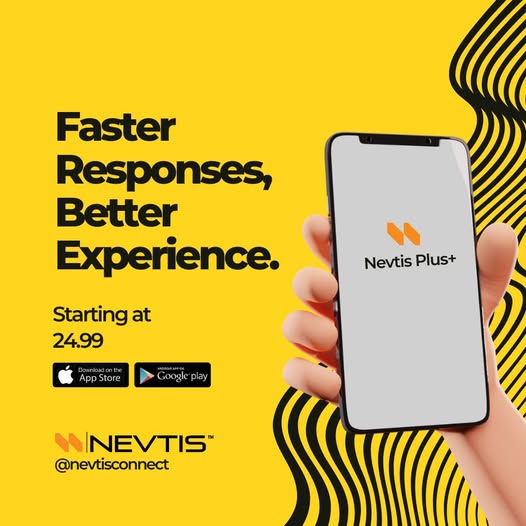Web 3.0: Are We Already Living in the Next Internet?

A new term has crept into our tech vocabulary: Web 3.0. With the rise of the Metaverse, NFTs, and blockchain, this phrase is everywhere. But are we already browsing, creating, and transacting in Web 3.0—perhaps without even realizing it? Let’s break it down and explore what this shift means for our digital future.
The Evolution of the Web
To understand Web 3.0, we need to look at how the internet has evolved:
Web 1.0: The Read-Only Web (1990s – Early 2000s)
Back in the early days, the internet was a one-way street. Websites were static, offering information you could only read, like digital brochures. Think early Yahoo or Encyclopaedia Britannica online. There was no commenting, posting, or interaction—just content served to passive users.
Web 2.0: The Read-Write Web (2005 – Present)
Then came Web 2.0, the internet we know today. It’s dynamic and interactive, driven by user-generated content. Social media platforms like Facebook, e-commerce giants like Amazon, and streaming services like YouTube let us post, comment, shop, and upload. It’s a two-way street where users create as much as they consume.
Web 3.0: The Read-Write-Own Web (Emerging Now)
Web 3.0 takes things further, introducing ownership and decentralization. Built on blockchain technology, it empowers users to control their data, digital assets, and identities. Think decentralized apps (dApps) on Ethereum, NFT marketplaces like OpenSea, or file-sharing systems like IPFS. It’s not just about interacting—it’s about owning your digital presence.
Key Characteristics of Web 3.0
Web 3.0 isn’t just a buzzword; it’s defined by distinct features:
- Decentralization: Unlike Web 2.0, where tech giants like Google or Facebook control platforms, Web 3.0 operates on decentralized networks. No single entity calls the shots.
- Blockchain-Based: Transactions and data are verified on public ledgers, ensuring transparency and security.
- User Ownership: Your digital assets—NFTs, tokens, or domain names—live in your crypto wallet, not on a company’s server.
- Interoperability: One digital identity (like a crypto wallet) can work across platforms, simplifying logins and access.
- Token Economy: Tokens incentivize participation, from play-to-earn games to rewarding creators directly.
- AI and Semantic Web: Web 3.0 leverages artificial intelligence to better understand context, making the internet smarter and more intuitive.
Are We Already Using Web 3.0?
You might already be dipping your toes into Web 3.0 without realizing it. Here are some ways people are engaging with it today:
- Crypto Wallets: Using MetaMask to buy NFTs or interact with dApps.
- DAOs: Joining Decentralized Autonomous Organizations to vote on project decisions, like funding a new blockchain game.
- Decentralized Platforms: Streaming music on Audius, a blockchain-based alternative to Spotify.
- Blockchain Games: Earning rewards in games like Axie Infinity, where players own in-game assets as NFTs.
These activities hint at Web 3.0’s presence, but we’re still in a transitional phase. Most of us still rely heavily on Web 2.0 platforms.
Common Misconceptions About Web 3.0
Web 3.0 is often misunderstood. Let’s clear up a few myths:
-
It’s Not Just Bitcoin: Web 3.0 goes beyond cryptocurrencies—it’s about decentralized systems, ownership, and new digital economies.
-
It’s Not Fully Here: We’re in a hybrid phase, blending Web 2.0 and Web 3.0. The full vision isn’t realized yet.
- No One Owns It: Unlike Web 2.0’s corporate control, Web 3.0’s decentralized nature is both its strength and a challenge.
- Web 2.0 Won’t Disappear: Social media and e-commerce will coexist with Web 3.0 for years to come.
Challenges and Criticisms
Web 3.0 is exciting, but it’s not without hurdles:
-
Clunky User Experience: Setting up a crypto wallet or navigating dApps can feel technical and intimidating.
-
Scalability Issues: Blockchain networks can be slow and expensive compared to centralized systems, though solutions are emerging.
-
Regulation: Legal gray areas around cryptocurrencies and NFTs create uncertainty.
-
Environmental Concerns: While newer blockchains are more eco-friendly, energy use remains a criticism.
-
Scams: The decentralized world has seen its share of fraudulent DeFi projects and NFT rug pulls.
What’s Next? The Future of the Web
Web 3.0 is still taking shape, but its trajectory is clear:
-
Mainstream Wallets: Digital wallets will become as common as email accounts, simplifying access to Web 3.0.
-
AI Integration: Smarter AI will enhance decentralized systems, from personalized dApps to better data management.
-
Web 2.0 Adaptation: Platforms like Instagram are already exploring NFT integration, bridging the old and new.
-
Government Involvement: Central bank digital currencies (CBDCs) could bring blockchain to the masses.
-
New Opportunities: Creators and entrepreneurs will find innovative ways to monetize and engage through tokens and NFTs.
Conclusion
Web 3.0 isn’t just a catchy term—it’s a fundamental shift in how we interact with the digital world. Just as Web 2.0 revolutionized communication and content creation, Web 3.0 promises to redefine ownership, control, and value in our digital lives. Whether you’re trading NFTs, voting in a DAO, or just browsing, you’re likely already touching this new internet. The question is: Are you ready to embrace it? Understanding Web 3.0 today will empower you to navigate—and shape—the digital future.


 English
English 

